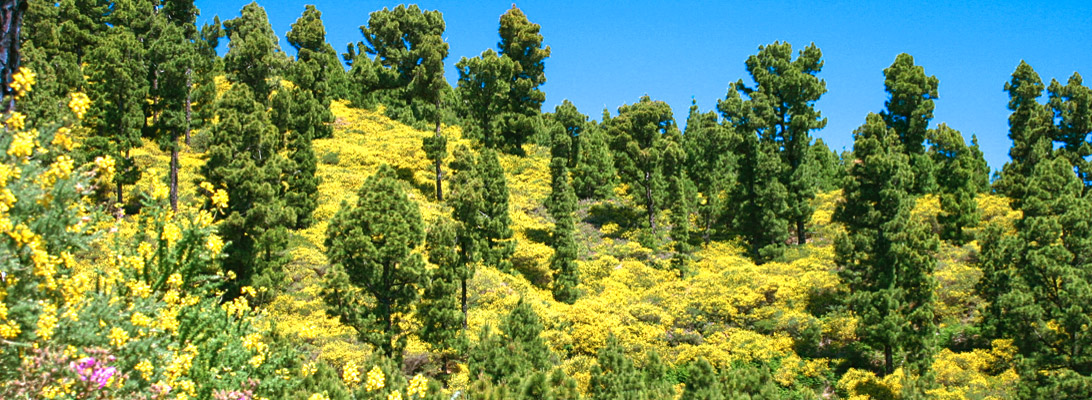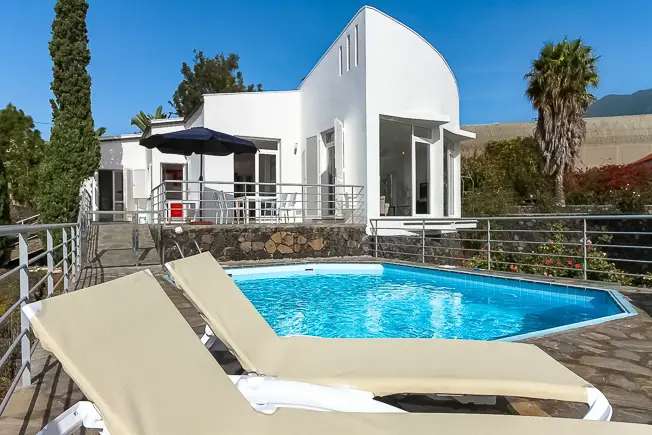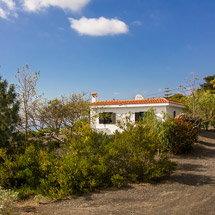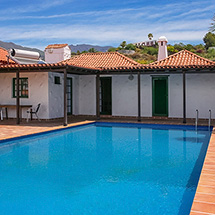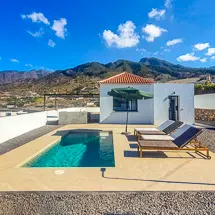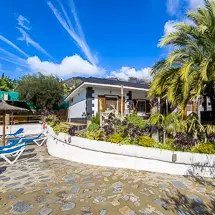Before the Spanish conquest, Breña Baja, Breña Alta, and Santa Cruz all belonged to the old Canarian region "Tedote". The word "Breña" means "rugged terrain covered with scrub." Until 1634 Breña Baja was connected to the neighboring Breña Alta. The current municipality of Breña Baja stretches from Pico Birigoyo (1,808 meters) to the coast with its bays of La Ballena, Charco Lindo, and Piedra Menuda. The volcanoes El Zumacal, La Montaña de La Breña or Montaña Pavona are within the municipality, as are the towns of San José, San Antonio, El Socorro, La Polvacera, El Fuerte, La Montaña, Las Ledas and Los Cancajos.
Generations of farmers lived in the area of Breña Baja from agriculture for their own consumption. Wine and tobacco, potatoes, vegetables, fruit trees, and bananas. Wealthy thrive particularly well. Wealthy Palmeros, tourists, and residents appreciate the good residential area close to the capital Breña Baja, so close to the bathing area of Los Cancajos. Tourists can undertake numerous delightful hikes in Breña Baja.
Fiestas in Breña Baja
On Martin's Day (11 November) the New Wine is tasted with plenty of pork, roasted chestnuts, and Palmeric Martin songs. On the feast of the Holy Cross on 3 May in Breña Baja, numerous crosses are decorated with flowers, colored paper, fabrics, and jewelry. Breña Baja is famous for its Mother's Day (always on the third Sunday in May), as the municipality was the first in Spain to celebrate this day. As in Mazo the Corpus Christi, with its natural materials used to decorate carpets and bows, is particularly noteworthy. Pilgrimages in honor of the two patron saints Santiago and Santa Ana (in San José) take place on the 25th and 26th of July.







